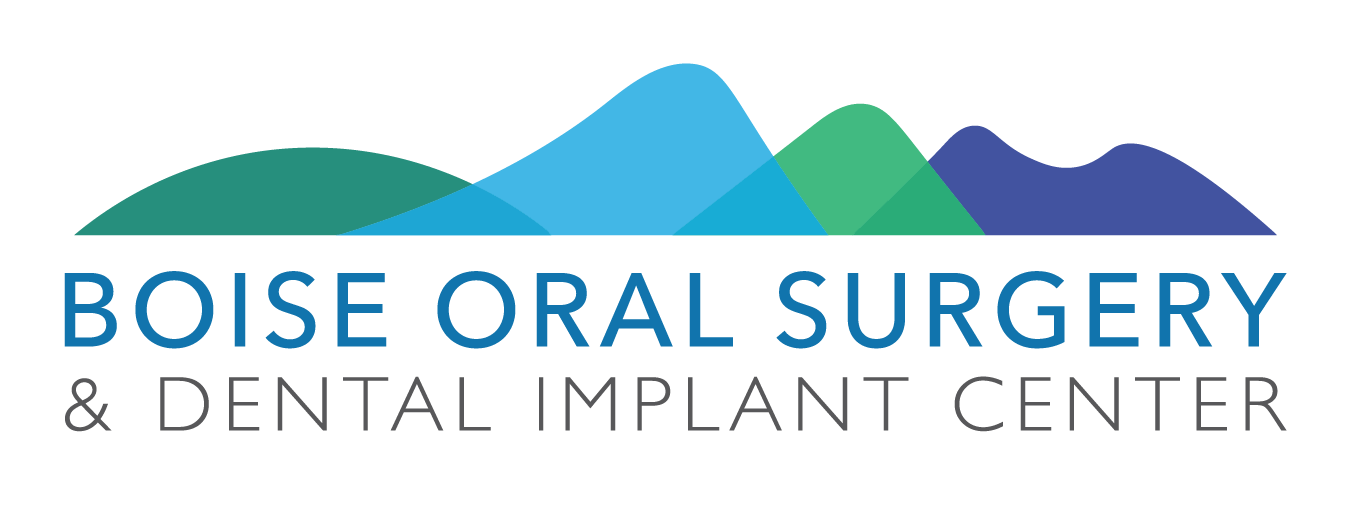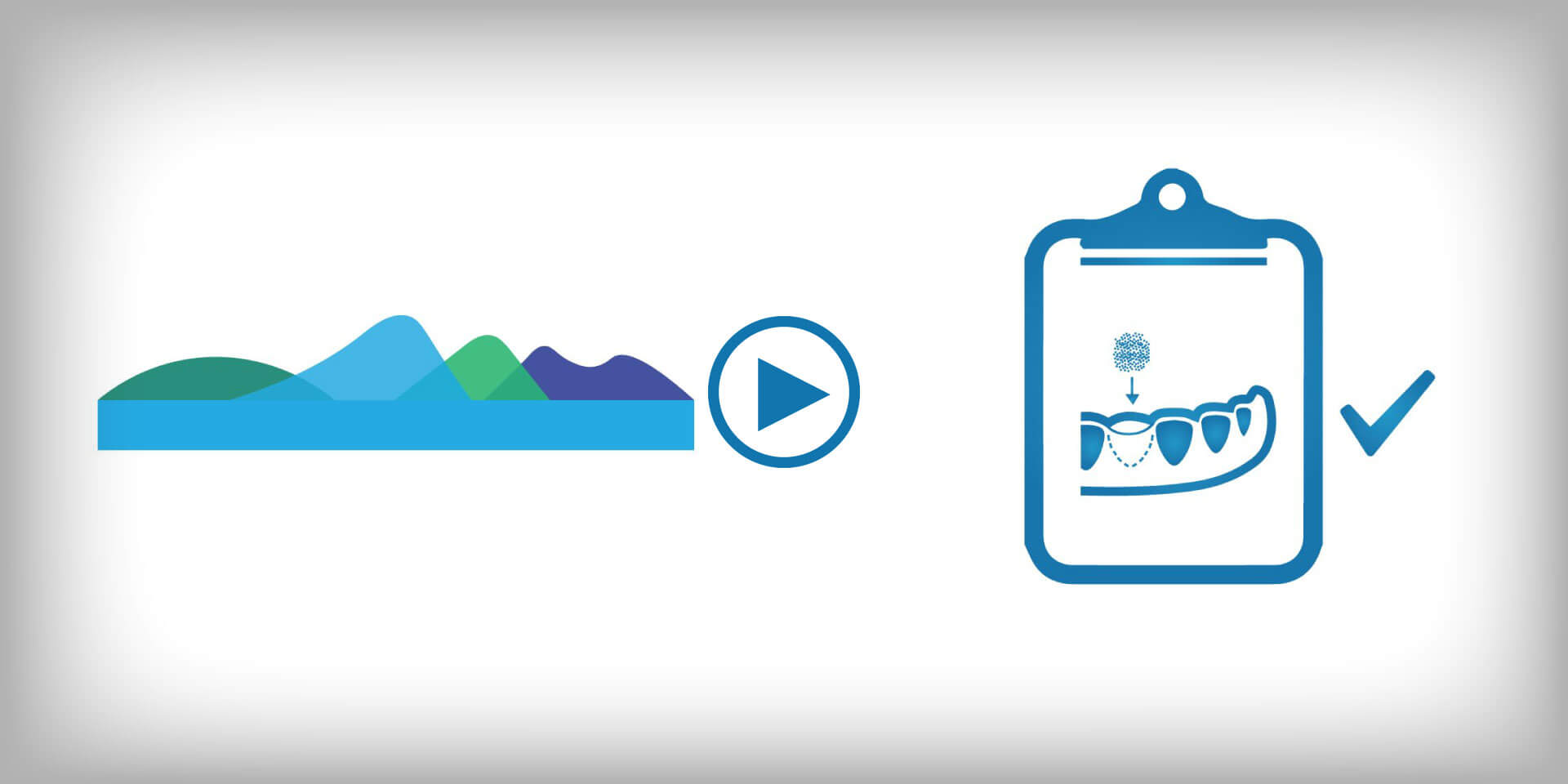Post-Operative Instructions: Bone Grafting
Initial Home Care:
Once home and comfortable, remove the gauze packs from the surgical sites. After removing the gauze, it is important to get food and fluids back in your system. Eat a soft to liquid diet while the numbness is present (e.g., yogurt, applesauce, mashed potatoes, soup, or a protein shake). NO STRAWS — the suction can encourage bleeding.
Take pain medication and antibiotics as prescribed once you have eaten. Prescription pain medication and antibiotics should never be taken on an empty stomach.
After eating and taking the pain medication, you may want to lie down with your head elevated until the effects of the anesthetics are diminished. Anesthetic effects vary by individual. Drowsiness may last for a short period of time or for several hours.
Plan to rest and take it easy for the remainder of the day. Do not work or drive for 24 hours following surgery.
Bleeding
It is best to periodically evaluate the surgical sites for bleeding. Extra gauze has been provided. If bleeding continues, place a piece of moistened gauze directly over the surgical site and bite firmly and with constant pressure for 30 minutes. Pressure is key to stopping the bleeding. This may need to be repeated several times.
A moistened tea bag may be substituted for the gauze. Dampen the tea bag, squeeze to a damp dry, place over the surgical site, and bite firmly.
Slight oozing or intermittent bleeding is normal. Repeated gauze placement is not necessary for this.
If bleeding remains uncontrolled, please call our office.
Discomfort:
Prescription pain medication is usually provided to ensure adequate relief of post-operative pain.
Prescription pain medication should always be taken with food to reduce the risk of nausea. Please take medications as directed.
If you are able to take Advil® or ibuprofen, 600 mg every 4–6 hours can safely be taken with or alternated with the prescription pain medication. This will help control breakthrough pain.
If the surgery was not difficult, prescription pain medication might not be needed. You may use over-the-counter pain medication such as Advil®, ibuprofen, or Tylenol®.
If you are having difficulty staying comfortable or experience any abnormal side effects, please call our office.
Nausea:
Occasionally, nausea may occur after receiving anesthetic medication or while taking prescription pain medication.
It is important to never take prescription pain medication on an empty stomach. Eating frequent meals and staying hydrated can significantly reduce the chance of nausea.
Should nausea occur, drink small amounts of carbonated beverages (Coke, 7-Up®, or Sprite®) as these help to settle the stomach.
Anti-nausea medication such as Phenergan® or Zofran® may also be used. Take this medication as directed: 1 tablet every 6–8 hours.
If nausea persists, please contact our office.
Swelling:
Swelling will occur after surgery and will vary with each individual. Swelling is usually noticeable the morning after surgery and may increase over the first 72 hours. Swelling may be present for a week.
Cold compresses (ice packs) can be used to limit the amount of swelling that can occur in the first 48 hours. Place a cold compress on the face over the surgical site. Alternate applications — 20 minutes on, 20 minutes off.
After 48 hours, it is best to switch to warm compresses (heating pad or a warm washcloth). Warm compresses will help soothe tenderness and reduce the swelling. Place warm compress over the swollen site. Alternate applications — 20 minutes on, 20 minutes off.
Jaw stretching exercises and cheek massages will also help reduce swelling and limited jaw opening.
If swelling or pain is excessive, please call our office.
Diet:
Maintaining a proper diet is very important to your recovery. Eating regularly will make you feel better, help you regain your strength, and heal faster.
Start with soft to liquid foods such as yogurt, pudding, applesauce, mashed potatoes, soup, smoothies, and protein shakes. Once the numbness has dissipated, solid foods can be reintroduced to your diet. You may be on a softer diet for a day or two. Advance to a normal diet as tolerated.
Try to avoid foods like nuts, seeds, and popcorn that may irritate the surgical sites.
Do not drink alcohol for 24 hours following surgery or while taking prescription pain medication.
Avoid using a straw for a couple of days to reduce the risk of dry socket.
If you are diabetic, monitor your blood sugar, take your diabetic medication, and maintain as normal a diet as possible.
Oral Hygiene and Care:
Do not rinse your mouth the day of surgery. Leave the surgical area undisrupted.
Do not smoke for at least 72 hours. Smoking delays the healing process and commonly causes dry sockets.
The day after surgery, start rinsing your mouth every 3–4 hours (after every meal) with warm salt water (1/4 teaspoon of salt dissolved in 8 ounces of warm water). Gently brush your teeth in a normal manner as thoroughly as possible avoiding the surgical sites. A little bleeding may occur; this is not unusual.
The surgical area will have collagen membrane and suture protecting the freshly placed graft. It is best to protect this area for a few days while the initial healing process starts. Try to avoid chewing directly in this area.
Avoid using mouthwashes with high levels of alcohol.
Healing:
The first few days are the most uncomfortable, followed by gradual, steady improvement. If you don’t experience continued improvement or feel you are getting worse, please call our office.
All bone grafts will need to heal for 4–6 months before placement of dental implants.
If sutures were placed, these will dissolve on their own in 7–10 days.
The surgical sites will usually swell and may become quite large.
You may have difficulty opening due to stiffness of the muscles.
You may develop a sore throat or have a slight earache.
It may take 4–6 weeks for the sockets to fill in with new tissue.
Discoloration may occur on the outside of the face near the area of surgery. This occurrence is not unusual and will resolve in several days.
The IV site may be slightly red and tender.
You may develop a low-grade temperature. Call the office if the temperature continues for more than 48 hours.






